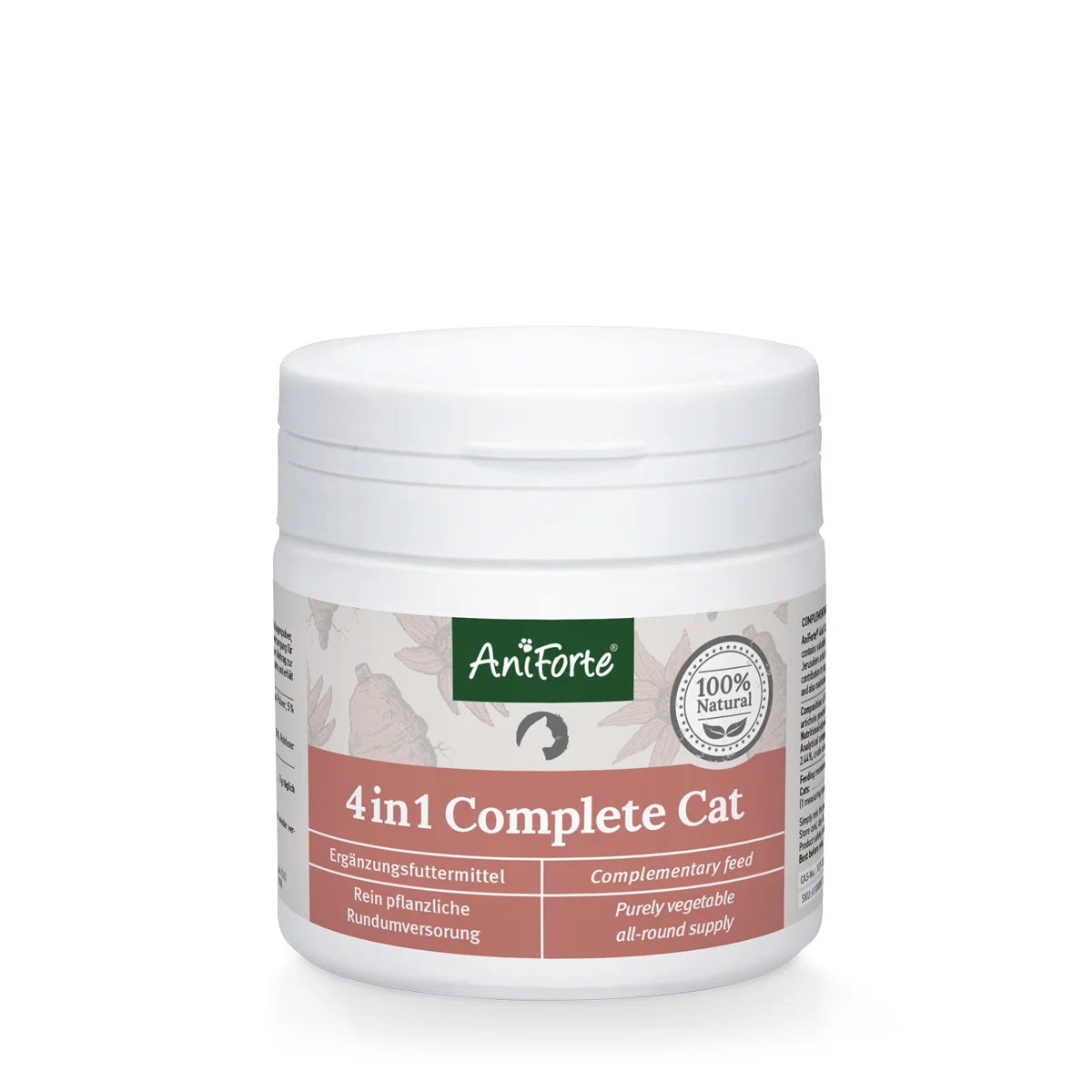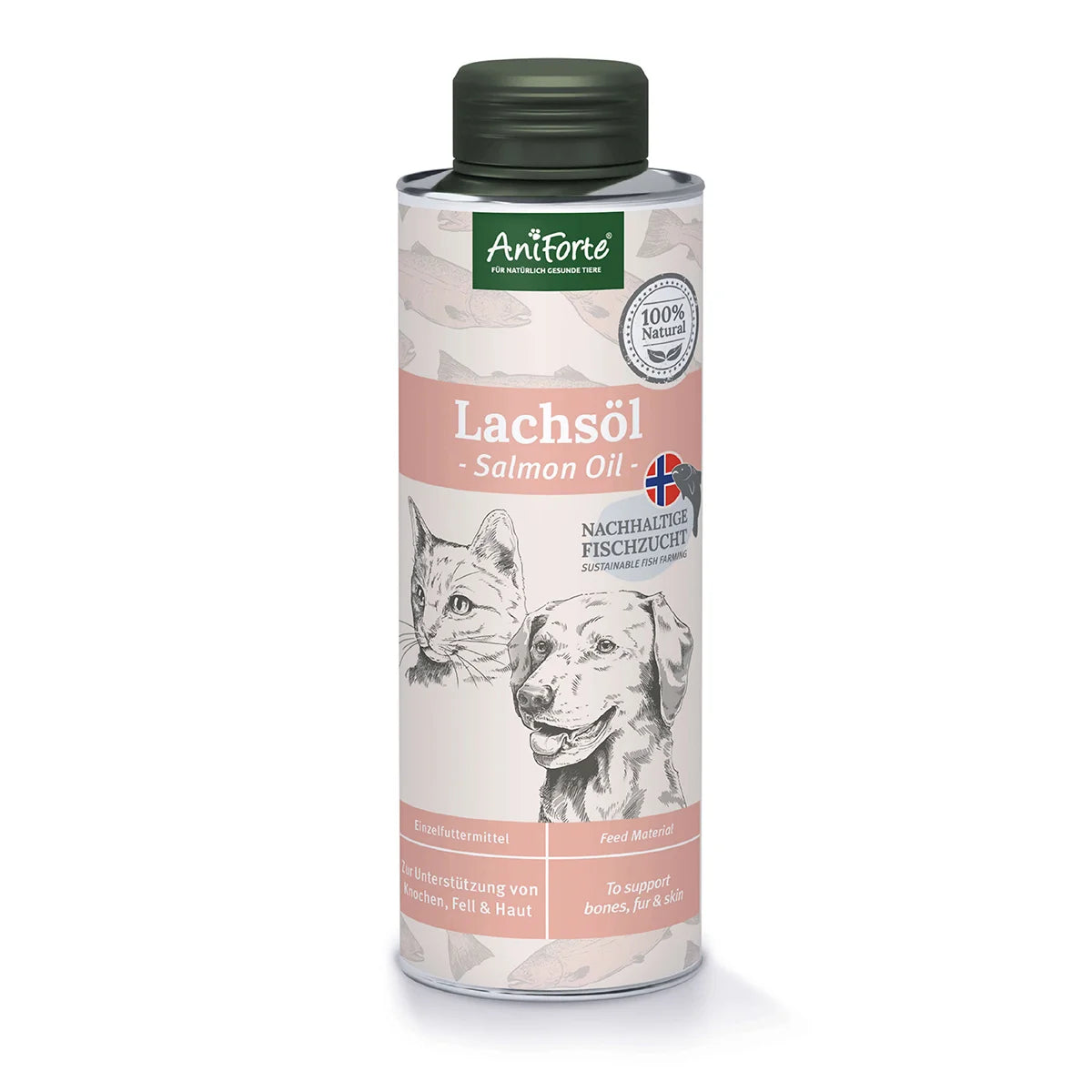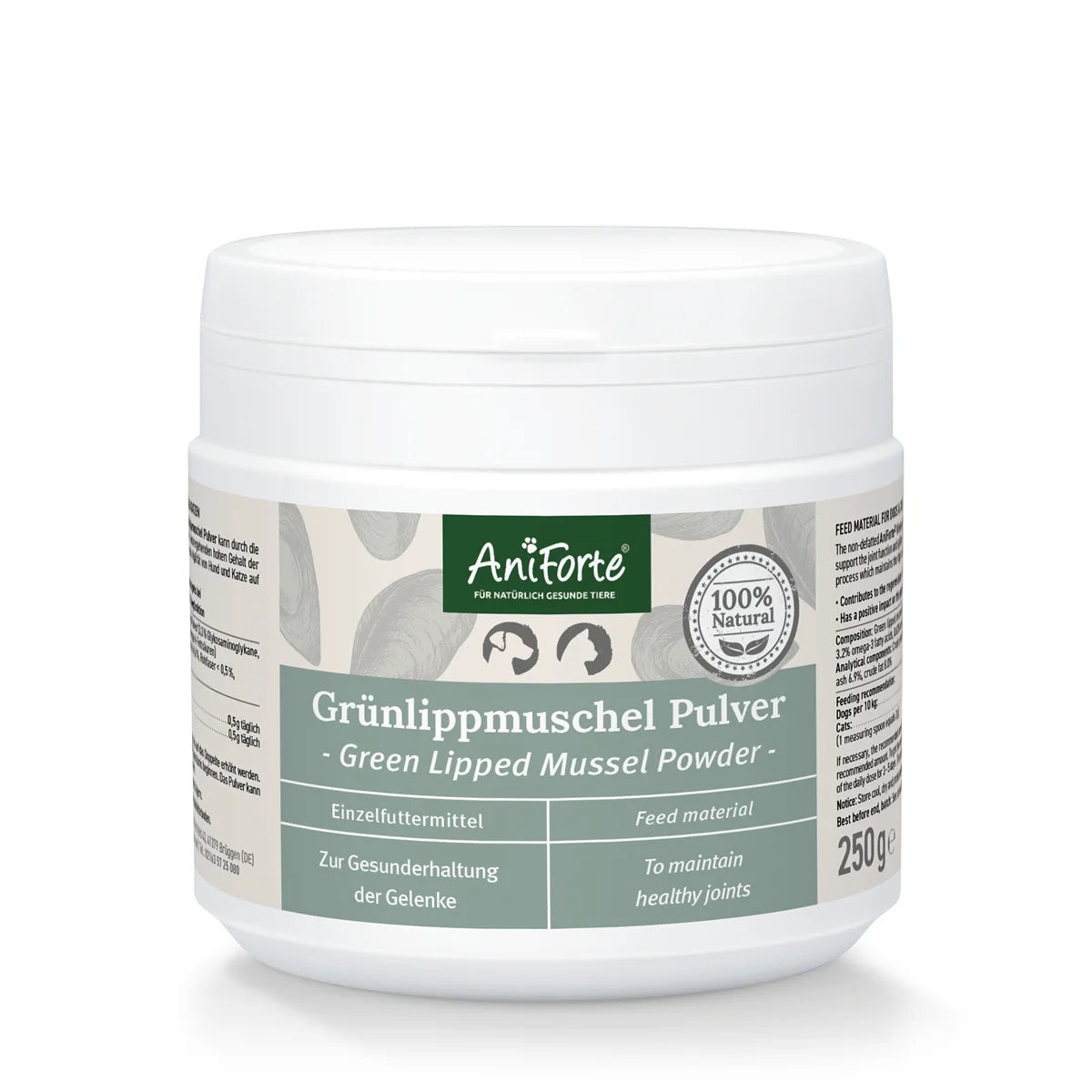
Are you looking for alternative protection against pests for your furry friend? Then you have come to the right place! At AniForte®, we value natural and plant-based ingredients and are always looking for alternatives to conventional methods. Today we would like to introduce you to the margosa extract from the neem tree and explain how this traditional medicinal tree can help your companion repel ticks and other pests.
Harnessing the Power of Medicinal Plants
With the prevalence of chemical-based pesticides and synthetic ingredients, pet owners are increasingly seeking natural alternatives for pest control. Medicinal plants have been used for centuries for their healing properties, and one of the most potent is the neem tree. This remarkable tree has a wide range of biological benefits, including strong acaricidal (tick-repelling) properties.
The Neem Tree - Nature's Pharmacy
The neem tree, also known as "Indian Lilac," is a tropical evergreen that can grow up to 20 meters tall. It produces golden-yellow fruits resembling olives, and its red-violet flowers bloom from February to April. Native to India and Pakistan, the neem tree is now found in subtropical and tropical climates worldwide. Used for centuries in traditional medicine, it has earned a reputation as "nature’s pharmacy."
Beyond its healing benefits, the neem tree naturally repels pests, making it a valuable tool in modern medicine and pest control. One of its most powerful derivatives, margosa extract, is widely used to combat ticks, fleas, and mites.
What is Margosa Extract?
Margosa extract is obtained from various parts of the neem tree, including its leaves, roots, bark, fruits, seeds, and flowers. It is different from pure neem oil, which is pressed exclusively from the seeds. The neem tree contains numerous active compounds with anti-parasitic, anti-inflammatory, and even fever-reducing properties. Because of these benefits, margosa extract has been used for years in both pest control and insect repellents for animals and humans.

How does Margosa work against ticks?
Primarily applied externally, margosa extract is highly effective in repelling ticks. While it is toxic to ticks, it is safe for dogs, horses, and many other animals—unlike traditional tick treatments containing neurotoxins.
The key active ingredient responsible for this effect is azadirachtin, which naturally protects the neem tree and can also shield pets from ticks. The highest concentration of azadirachtin is found in neem seeds, but other parts of the tree also contain this powerful compound.
Important Note: While margosa extract is safe for many animals, it is toxic to cats. Both margosa extract and pure neem oil contain terpenes and phenols, which can be harmful to felines even in small doses.
The extract has a repellent effect and is often used in spot ons for dogs and other anti-tick products. Even human preparations against parasites often use margosa extract. Studies have shown that insecticides made from natural plant sources are less toxic to animals and humans than those of synthetic origin.
In numerous scientific experiments it was possible to observe how the ingredient azadirachtin works: It has been shown that azadirachtin overcomes the tick's own protection and penetrates its body. Margosa preparations contribute to the fact that the cuticle, the tick’s protective layer, becomes thinner and thus allows toxins to pass through. This ultimately leads to the parasite being damaged from the inside and dying off.
In addition, various concentrations of azadirachtin-enriched neem preparations cause damage to the morphophysiology of female ticks. On the one hand, the ticks' reproductive system is damaged so that the egg cells cannot develop viable germ cells. On the other hand, it causes fatal damage to the tick's digestive system and the pest dies after a short time. The higher the azadirachtin concentration, the more severe the damage.
Even the US National Academy of Sciences published a report in 1992 with the title "Neem - A tree for the solution of global problems" and in it affirmed the following effects of neem extracts on various insects:
- Disruption or inhibition of the development of eggs, larvae or pupae
- Blocking the molting of larvae or nymphs
- Disruption of pairing and sexual communication
- Repels larvae and adults
- Discouraging females from laying eggs
- Sterilising adults
- Poisoning of larvae and adults
- Deterring feeding
- Blocking the ability to "swallow" (i.e. reducing the mobility of the bowel)
- Misdirection of metamorphosis in different stages
- Inhibition of the formation of chitin, the horn-like component of the tick shell
Does Margosa extract have any side effects?
The extract and the neem oil itself must not be swallowed as it can lead to liver and kidney issues. In addition, cats should not be treated with neem supplements, as the ingredients can cause poisoning. An alternative to ticks for cats are preparations based on geraniol, paraffin oil and lavender oil.
Some animals may have an allergic reaction to the essential oils of the margosa extract. Neem supplements should be discontinued if there are abnormalities. In addition, all types of margosa extract, including neem extracts, have an abortive effect. For this reason, products with margosa extract should not be used in pregnant animals.
Our Ectoprotex Dog contains Margosa Extract as an active ingredient.
We also have our Neem Oil Shampoo which is great for repelling pests
Other active ingredients of the neem tree as a parasite killer
Neem preparations use natural ingredients to protect animals, humans and plants against a wide variety of pests. In addition to the most important active ingredient azadirachtin, the tree contains some other ingredients that show activities in pest control both in agriculture and in humans and animals:
Nimbin and Nimbidin: These two active ingredients have shown antiviral effects in studies, in particular against smallpox viruses in poultry and cattle and against the potato virus in crops.
Salannin: This constituent of the neem tree also has a deterrent effect on various insects and even inhibits their ingestion on contact.
Meliantriol: This active ingredient is largely responsible for the fact that the fields of India have often been spared from locusts. Observations revealed that neem prevented the insects from eating the plants.
Some other ingredients of the neem tree also contribute to the insect repellent ability of neem supplements. They prevent the insects from swallowing by paralysing the swallowing mechanism.






